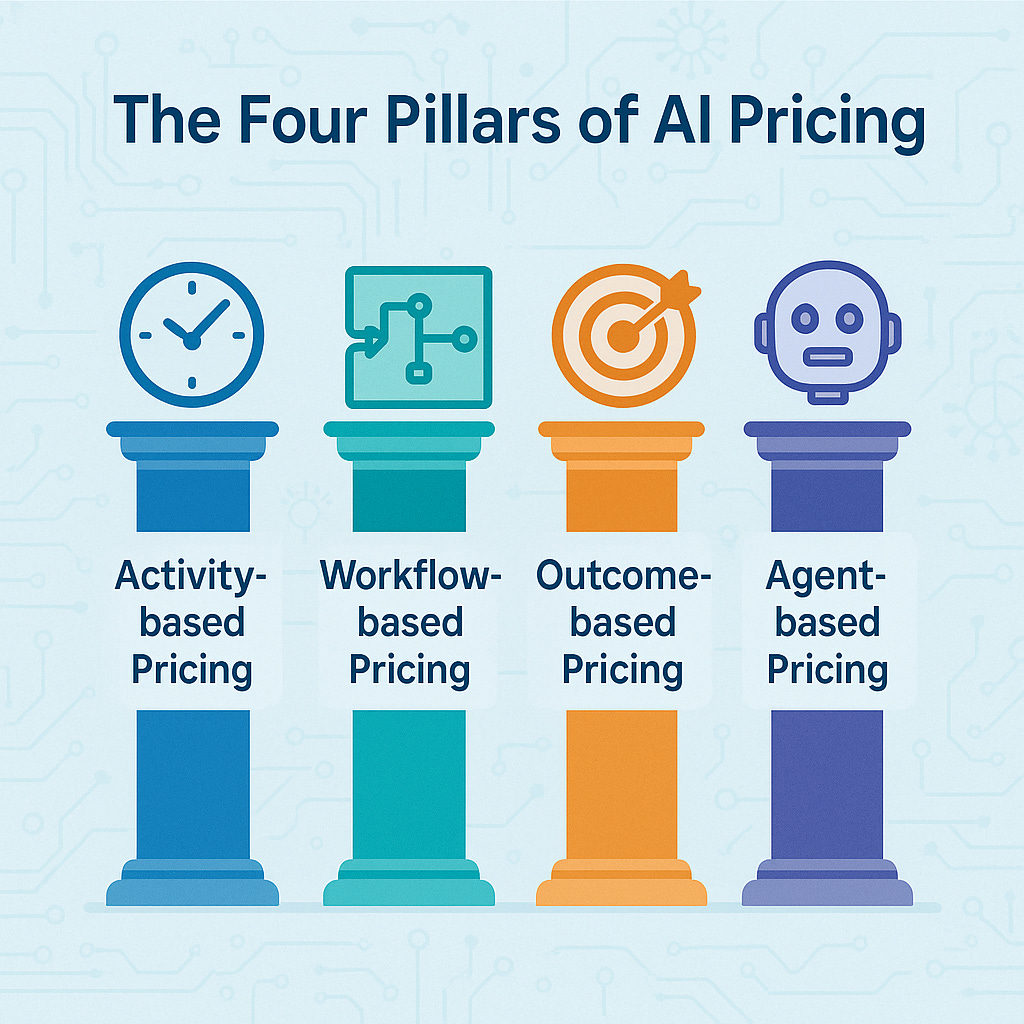AI is Rewriting the Rules of Pricing – And You Need to Pay Attention
Insights from Manny Medina, Founder of Paid
"Your customer will always default to the easiest way to buy which is either - some kind of fixed price or a consumption price for the first year to see if it works.
Gone are the days when AI companies could simply charge by the token or API call. The market is maturing, and with it, the expectations of customers are evolving.
As Manny Medina, founder of Paid, puts it:
“if it does work, it is up to the AI agent builder and creator to go back to the same customer and say, 'Let's align on things that are important to you and charge for it.'"
This statement encapsulates the core of what’s happening in pricing for AI products: a move from charging for inputs to charging for outcomes.
But why is this shift happening, and what does it mean for the AI ecosystem?
The Four Pillars of AI Pricing: A New Framework for Value
There are four main approaches to pricing that are currently working in the AI space:
Activity-based pricing
Workflow-based pricing
Outcome-based pricing
Agent-based pricing
Each of these approaches represents a step towards more sophisticated, value-aligned pricing models. Let's break them down:
Activity-Based Pricing: The Starting Point
Activity-based pricing is the most straightforward approach. It's essentially a credit consumption model where customers pay for the specific actions or computations performed by the AI. While this model is easy to understand and implement, it's also the most vulnerable to commoditization.
Medina warns:
"If you stay there somebody will come along and say I'll do the same thing for cheaper. Yeah. And then you are in a nightmare scenario in which there is tons of others who look just like you."
Workflow-Based Pricing: Stepping Towards Value
Workflow-based pricing involves charging for a series of connected activities that deliver a specific result.
This model begins to align pricing with the value delivered to the customer. As Medina explains:
"When you string a number of activities and you say this workflow is cost this much, like a document review, right? Because then you can separate documents that are small from documents that are long and complicated because they have different consumption patterns and it feels like you're getting closer to value based pricing as opposed to costbased pricing."
Outcome-Based Pricing: Aligning Incentives
Outcome-based pricing is where things get really interesting. Instead of charging for the work done, companies charge based on the results achieved. This could be in the form of a bonus for reaching certain performance metrics or a fee structure tied directly to customer outcomes.
Medina suggests an innovative approach:
"What I I've been recommending to my customer, it's not out there yet, but I'm going to give it a push, is to charge instead of charging per outcome, get an outcome bonus."
This model creates a powerful alignment between the AI provider and the customer, ensuring that both parties are invested in achieving meaningful results.
Agent-Based Pricing: The Future of AI Workforce
Agent-based pricing is perhaps the most forward-thinking model.
It involves charging for AI agents as if they were human employees, based on the work they perform and the outcomes they achieve.
Medina elaborates:
"You can pay instead of saying a platform fee say like you know I'm going to deploy x many agents the agent is going to do this amount of work that is equivalent of a $90,000 a year uh sr I'm going to charge you 20,000 per agent the agent is going to deliver this much work and you can pay me a bonus for the number of meetings booked."
This approach allows AI companies to tap into HR budgets rather than competing for limited software budgets, potentially opening up larger revenue streams.
Lack of visibility into unit economics is a ticking time bomb for many AI startups. Why?
Keep reading with a 7-day free trial
Subscribe to The MLnotes Newsletter to keep reading this post and get 7 days of free access to the full post archives.



